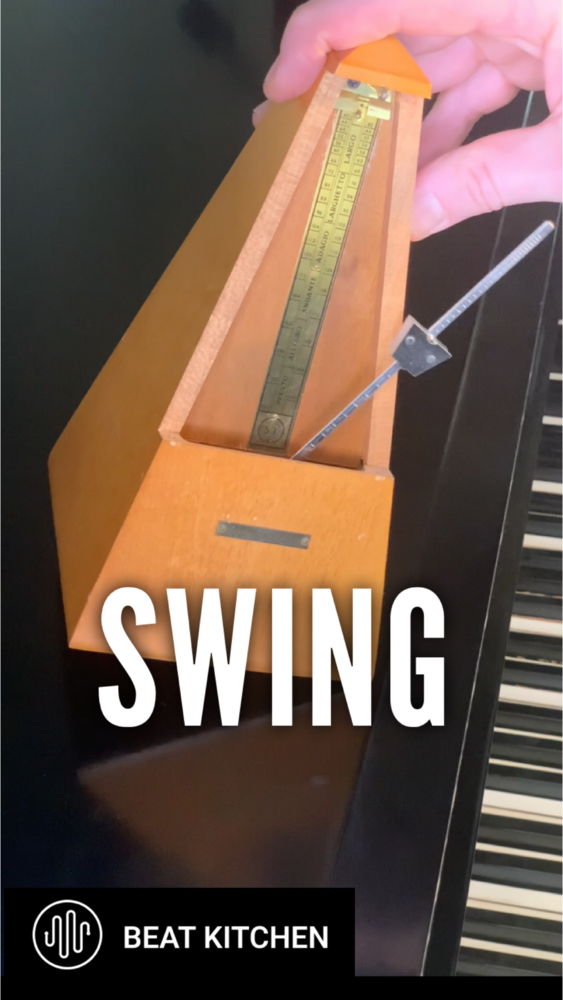When you first begin to learn about rhythm, you’re taught to think like a metronome. But an eighth note is like a fingerprint, and yours is unique. We often think of swing as something jazz musicians do, but in the 80s, Roger Lin, who designed the Lindrumbs and the MPC, designed the way electronic musicians conceptualize swing to this day.
Any swing note value over 50% delays the second 16th note between two eighth notes. So at 66%, you’re effectively dividing that space into thirds and playing a triplet. Like most things in music, swing isn’t binary.
It’s a continuum. Jazz musicians tend to cringe at the characterization of a swung eighth note being cha-cha-cha-cha-cha-cha. In fact, you’ll hear a lot of bebop where the eighth note is nearly straight.
Swing is complex, and it relies on phrasing and dynamics. Swing was born of syncopations that came from African and Afro-Cuban forced migration, and it worked itself into the ears and the hearts of American popular songs. That’s a lot of heartbreak and a lot of joy to unpack in that last sentence, but it’s almost impossible to reduce it down to just one percentage.

